Retro Replay Review
Gameplay
Astate: La Malédiction des Templiers delivers a classic point‐and‐click experience that emphasizes exploration and careful observation. You control an archaeologist traversing static, pre-rendered screens across the French countryside and Templar ruins. The icon‐based interface is simple yet versatile: you cycle through travel boots, a pick‐axe, an electric drill, a scanner, a hand cursor, and a garbage pail to interact with your environment. This limited toolkit forces you to think about each action—where to dig, what to pick up, and when to discard an item to free your single‐slot inventory.
(HEY YOU!! We hope you enjoy! We try not to run ads. So basically, this is a very expensive hobby running this site. Please consider joining us for updates, forums, and more. Network w/ us to make some cash or friends while retro gaming, and you can win some free retro games for posting. Okay, carry on 👍)
Puzzles in Astate range from straightforward use of the scanner to pinpoint dig sites, to more elaborate sequences where timing and placement of tools are critical. While there’s no complex inventory juggling, the possibility of accidentally trashing an essential artifact adds a welcome edge of tension. The game also features a variety of instant‐death scenarios—stepping on unstable ground or mishandling an archaeological find can lead to a sudden demise—so saving often becomes part of your strategy.
Traveling between locations is handled by clicking the boots icon on the edges of each screen, which may feel like a deliberate homage to early adventure titles such as Myst. Movement is not free‐roam but rather a node‐to‐node progression, encouraging you to study each static tableau for hidden details. Occasional mini‐challenges—like avoiding falling spiders in a narrow corridor—shake up the slow pacing and keep you alert.
Graphics
Visually, Astate embraces a retro charm that recalls mid‐90s CD-ROM adventures. Each environment is rendered as a high‐quality static image, showcasing moody ruins, dense woodlands, and atmospheric underground chambers. While these backgrounds lack dynamic lighting or real‐time effects, their detail invites careful scrutiny, rewarding observant players with hidden clues or dig sites camouflaged in the scenery.
Character models and animations are sparingly used, appearing primarily in the short cutscenes that unfold whenever you recover a statue piece. These brief sequences provide visual variety and help break up the exploration, but they also highlight the game’s modest production values. Nonetheless, the art direction effectively evokes a sense of age and mystery, with weathered stones, creeping vines, and crumbling Templar symbols creating an immersive atmosphere.
The user interface is neatly integrated into the playfield, with unobtrusive icons that sit at the bottom of the screen. Cycling through tools via right‐click is intuitive, though some players might find the lack of hotkeys slows down repetitive actions. Overall, the graphics may not rival modern 3D adventures, but their painterly aesthetic offers a timeless appeal that complements the game’s archaeological theme.
Story
At its core, Astate revolves around a straightforward premise: recover the missing pieces of a Templar statue scattered across various French locales. Each recovered fragment triggers a brief animation that sheds light on the statue’s origins and the curse said to haunt those who disturb it. This episodic structure keeps the narrative moving at a measured pace, even if it doesn’t dive into deep character arcs.
There’s an air of legend and lore woven throughout the ruins you explore. Scattered journals, cryptic inscriptions, and obscure Templar symbols hint at a darker backstory beneath the surface. While the text is all in French, non‐French speakers will still glean enough from the environmental storytelling to piece together the game’s mythos. The lack of voiced dialogue may feel sparse, but it also leaves room for your imagination to fill in the gaps.
Story progression is tied directly to your success in solving puzzles and unearthing statue parts. This design creates a satisfying link between gameplay and narrative: every dig, drill, or scanner use brings you closer to unraveling the Templar mystery. However, the possibility of getting stuck in an unwinnable state or facing an untimely death means the storyline’s momentum can be interrupted by trial-and-error gameplay.
Overall Experience
Astate: La Malédiction des Templiers offers a nostalgic journey for fans of vintage point‐and‐click adventures. Its deliberate pacing and static screen design are balanced by challenging puzzles, atmospheric visuals, and just enough peril to keep you on edge. If you relish methodical exploration and the satisfaction of uncovering hidden secrets, this title is likely to captivate you.
The game’s few rough edges—such as occasional interface slowdowns, punishing instant‐death spots, and a single‐item inventory—are part of its old‐school charm but can frustrate newcomers accustomed to modern convenience features. Frequent saving is essential, and patience is rewarded: breakthroughs often come from re‐examining a familiar screen with fresh eyes or a newly acquired tool.
In sum, Astate is a niche but rewarding experience for players who appreciate atmospheric archaeology, puzzle‐driven storytelling, and the retro aesthetics of ’90s adventure games. Its blend of discovery, danger, and lore makes it a memorable detour for anyone curious about Templar legends and French countryside mysteries. If you’re ready to don your digital boots and trowel, be prepared for a challenging yet atmospheric expedition.
 Retro Replay Retro Replay gaming reviews, news, emulation, geek stuff and more!
Retro Replay Retro Replay gaming reviews, news, emulation, geek stuff and more!

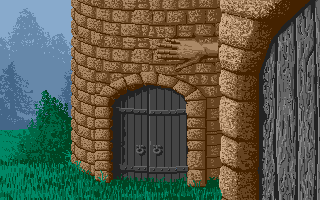
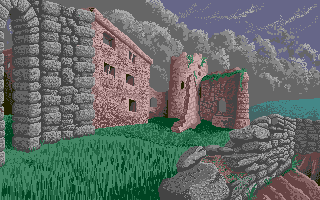
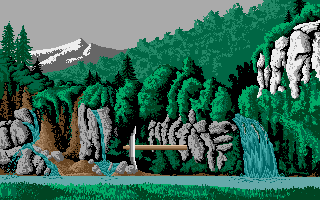
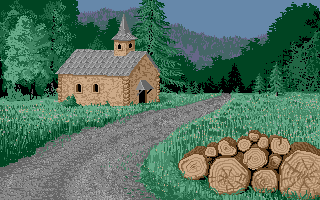
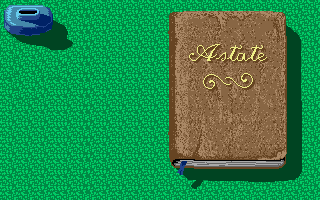



Reviews
There are no reviews yet.